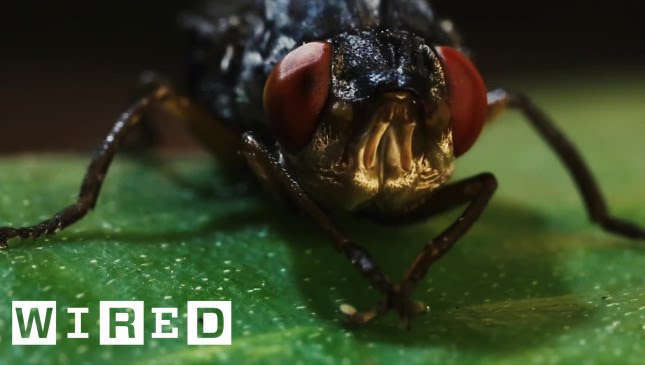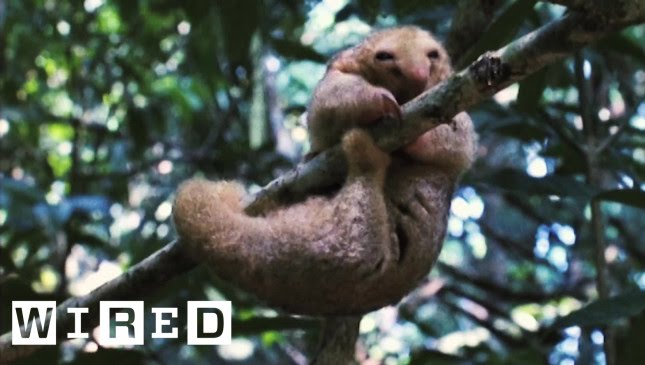US Forest Service Fire Lab: Decoding the Elements of a Forest Fire
Summary
The US Forest Service Fire Lab studies the elements that compose forest fires, including the flame, tree, soil, smoke, and wildlife. Through their research, the lab aims to predict fire behavior, understand the benefits of fire for ecosystems, and find effective ways to manage fires.
Table of Contents
- Fire Behavior and the Effects of Slope
- Recreating Wildfire Conditions
- Understanding Forest Restoration
- Examining the Impact of Smoke on Air Quality
- Fire Management
Introduction
Fires can have a significant impact on the environment, and the US Forest Service Fire Lab’s research has helped us understand the different elements that come together in a forest fire. This knowledge can help us better predict and manage fires to maintain the health of our forests. In this Q&A, we’ll dive deeper into the various topics that the lab studies and the implications of their findings.
Fire Behavior and the Effects of Slope
Q: Can you talk about your research on fire behavior and the effects of slope?
A: Sure, we study the different factors that contribute to the spread of fire, including moisture content, fuel availability, and terrain. One significant aspect that we study is how slope affects fire behavior, as fire spreads more quickly uphill than downhill. By understanding the relationship between slope and fire behavior, we can better predict how fires will spread in different types of terrain.
Q: What makes uphill fires spread faster than downhill fires?
A: The main reason that uphill fires spread faster than downhill fires is that flames typically move against the wind, and air tends to rise with the terrain. So, as the fire moves uphill, the wind pushes the flames upwards, causing them to spread more quickly.
Recreating Wildfire Conditions
Q: Can you explain the Big Sand apparatus and its significance?
A: The Big Sand apparatus is a machine that we designed to recreate wildfire conditions, allowing us to study fire whirls, ember transport, and other behaviors that occur during wildfires. The machine consists of a circular burner and sand bed, and we can control the speed and direction of the flames to study how different variables affect fire behavior.
Q: What have you learned from studying fire whirls?
A: Fire whirls, also known as fire tornadoes, are fascinating because they’re not fully understood. By studying them, we hope to better predict their behavior and help firefighters stay safe during wildfires. We’ve learned that fire whirls tend to occur in areas with a lot of heat and turbulence, and they can be unpredictable and dangerous.
Understanding Forest Restoration
Q: Can you explain how you use tree core samples to learn about tree resilience to fire?
A: Tree core samples are an excellent tool for understanding how trees have responded to fire over time. We can look at the growth rings in the sample to see how the tree was affected by fires in previous years, and we can compare those findings to the tree’s current condition. By studying the resilience of trees to fire, we can better understand how to manage forests for fire resilience in the future.
Q: What are some effective methods for maintaining habitats for wildlife affected by fires?
A: Thinning and prescribed burns have been found to be effective in maintaining habitats for species like the Mexican spotted owl. By removing excess fuel, fires can be less severe, reducing the risk of severe habitat loss. However, these methods need to be carefully managed to ensure that they don’t cause undue harm to wildlife populations.
Examining the Impact of Smoke on Air Quality
Q: Why is it important to examine smoke samples for their chemical composition?
A: Examining smoke samples can provide valuable information on the chemicals and pollutants that are released during wildfires. By understanding the impact of wildfires on air quality, we can develop strategies for minimizing the impact of fires on human health.
Q: What are some of the long-term effects of smoke on air quality?
A: The long-term effects of smoke on air quality can vary depending on the type of smoke and the concentration of pollutants. Smoke from wildfires can contain hazardous gases and particles that can lead to respiratory problems and other health issues. Exposure to smoke can also worsen existing health conditions, such as asthma or heart disease.
Fire Management
Q: Can you talk about some of the experiments that the Missoula Fire Lab has conducted to better manage fires?
A: Sure, we’ve conducted several experiments, such as using LIDAR mapping to predict the spread of wildfires and studying how rifle bullets can ignite fires. By understanding how fires start and spread, we can develop better strategies for preventing fires and managing them when they occur.
Q: What do you think the future of fire management looks like?
A: The future of fire management is looking hopeful, as we continue to develop new technologies and techniques for predicting and managing wildfires. However, the challenge lies in implementing this knowledge and finding ways to work with stakeholders and communities to ensure that we’re effectively managing our forests.
Conclusion
The US Forest Service Fire Lab’s research is essential for understanding the complex elements that contribute to forest fires. By studying factors like slope, tree resilience, and smoke composition, we can better predict how fires will behave and develop effective strategies for managing them. As we continue to develop new technologies and techniques, we can create a brighter future for our forests and the wildlife that inhabit them.






